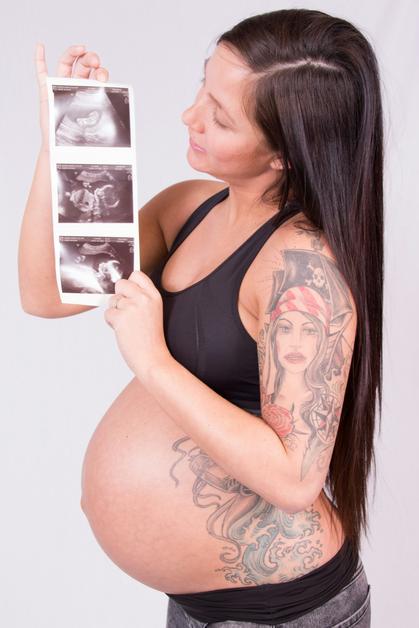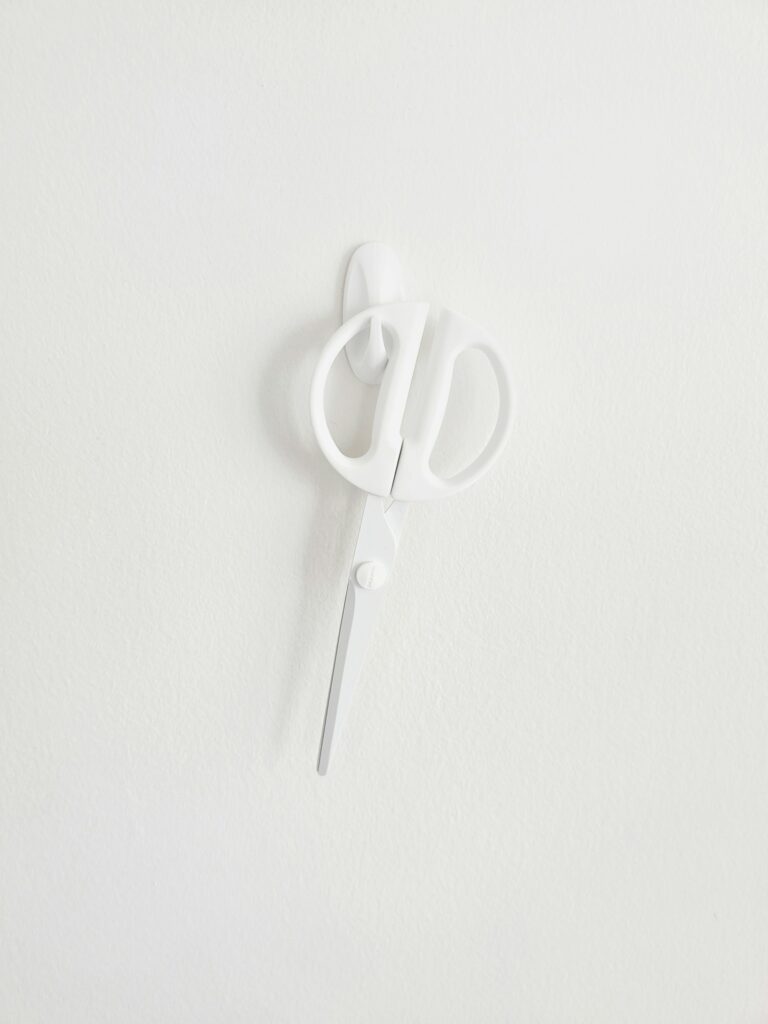For many expectant parents, the first weeks of pregnancy bring an intense mix of eagerness and nervous questions: Is the baby developing all right? Am I really as far along as I think? What if my periods have always been irregular, or I simply cannot remember the last cycle date? This is usually when the term “dating ultrasound” enters the scene—sounding both clinical and mysterious, yet carrying the promise of clarity. With a quick scan, the fog of uncertainty can begin to lift, bringing the first visual confirmation of new life. Let’s demystify it together: what is a dating ultrasound, when and why is it done, which practical steps make the experience smooth, and what does all the medical talk — words like “gestational age” or “crown-rump length” — really mean for you and your baby?
Understanding what a dating ultrasound is all about
So, you’ve heard about “dating ultrasound” or “pregnancy dating scan”—but what actually goes on? At its core, this is a medical ultrasound exam conducted in the early days of pregnancy, typically scheduled between 7 and 12 weeks, sometimes as early as the 6th week. The doctor or sonographer uses sound waves (no radiation involved, only harmless echoes bouncing around) to create an image of your uterus and the tiny embryo inside. The most important measurement taken is the crown-rump length (CRL): imagining the baby as a little curled passenger, this distance—from the top of the head (crown) to the bottom (rump)—serves as the gold standard to estimate how many weeks the fetus has developed.
But why all this focus on numbers and millimeters? Well, establishing an accurate gestational age helps set your due date (sometimes called EDD: estimated due date), which provides the guidance for every milestone to come—blood tests, scans, screening for chromosomal conditions, planning for delivery everything follows from this foundation. Think of it as tuning a clock at the very start to keep future schedules precise.
Why is a dating ultrasound important?
Uncertainties are common in pregnancy, and a dating ultrasound answers critical questions from the start. Are you truly in the sixth or tenth week? Is the embryonic viability established—meaning, is there a visible heartbeat signifying good progress? By scanning the uterus, the scan also clarifies if the pregnancy is correctly placed, ruling out issues like an ectopic pregnancy (when the embryo implants outside the uterus—an emergency situation).
Extra reassurance arrives through identification of multiple pregnancies—yes, those twin or triplet surprises are often first picked up on the dating scan. For parents whose cycles have always acted independently, or whose last period seems like a distant memory, this ultrasound scan grants a degree of certainty nowhere else to be found in early pregnancy. Every measurement is checked against international standard gestational age charts, ensuring comparison not just on opinion, but with robust, trusted reference points.
Optimal timing: When should a dating ultrasound be done?
The sweet spot for accuracy sits between 8 and 14 weeks, with an added level of confidence if scanned before the twelfth week. Earlier scans might be proposed in certain situations: imagine someone who has recently discontinued contraceptives, resumed fertility treatments after a long break, or continues breastfeeding into early pregnancy—dating confusion is common in these cases, so an ultrasound performed as soon as five weeks post-missed period can assist. Some parents may experience symptoms—bleeding, cramping, or persistent pain—which prompt the doctor to suggest an even earlier scan. In such cases, sometimes the first glimpses do not show all reassuring signs (like an obvious heartbeat), but this doesn’t warrant alarm. Repeat ultrasounds can always clarify lingering doubts, and fetal visibility increases day by day.
Practical guide: How does a dating ultrasound work?
Picture this: you’re greeted in a softly lit room, the ultrasound machine nearby gently humming. If you’re in very early pregnancy — say before 9 weeks — a transvaginal ultrasound might be recommended. Think of this as a small, lubricated device no bigger than a slim torch gently inserted into the vagina, giving a crystal clear view of the uterus and its precious cargo. For pregnancies approaching the end of the first trimester, the gel is smoothed over the lower belly and a hand-held probe glides across your skin—this is the transabdominal ultrasound, far less intimidating but just as effective when the embryo is big enough.
The main event is the crown-rump length measurement, usually done in different planes and averaged to reduce error. A margin of ±3–5 days is considered highly reliable. The image, surprisingly detailed, gives vital insight: is the heartbeat strong? Is the gestational sac properly located? Are there two sacs or embryos when you only expected one? All these questions find answers in real time, right before your eyes.
How to prepare for your dating ultrasound
Preparation is easy and rarely stressful, but can make your experience far smoother. Most centres will ask you to wear comfortable, loose-fitting clothing. If an abdominal ultrasound is scheduled, a moderately full bladder helps push up the uterus for sharper images—so sipping water about an hour prior is a good idea. For transvaginal scans, the opposite advice sometimes applies—an empty bladder enhances comfort. Always clarify with your practitioner before the appointment.
Avoid using creams or oils on your lower abdomen beforehand; even slight residues can blur the sonographic image. Collect any relevant medical reports, jot down your questions, and—if you’re comfortable—invite your partner or another supportive companion. Witnessing those first flickers of movement or heartbeat can be overwhelmingly emotional. Whether joy, excitement, or trepidation sweeps through you, all are valid, and having someone close can transform the memory.
What actually happens during the procedure?
The process is gentle, rarely exceeding 30 minutes. For abdominal scans, the gel may feel slightly cold but serves to eliminate air, providing flawless skin-to-probe contact. There’s no pain; perhaps only an odd tickle or moderate pressure. With transvaginal ultrasound, many experience only a mild sensation—not dissimilar to a speculum exam, but most tolerate it well.
The sonographer carefully examines the gestational sac, measures the CRL, listens for the rapid, fluttering heartbeat, and visually assesses the placenta and amniotic fluid. If multiples are detected, a longer scan sometimes follows to map out every detail. Many parents admit that even an indistinct grainy image can shift emotions—suddenly, all feels very real.
Deciphering the results of the dating ultrasound
The report, though sprinkled with codes and abbreviations, can be understood if broken down:
- Crown-Rump Length (CRL): Your baby’s true-to-life measurement from top to bottom. Cross-checked with growth charts to estimate exact gestational age.
- Estimated Due Date (EDD): Calculated from the above, giving you a clear target for planning.
- Fetal heartbeat: A reassuring metric, usually depicted in beats per minute; confirms a thriving embryo.
- Viability indicators: Signs of normal development, including embryonic heartbeat and correct anatomical location.
- Gestational sac and contents: Confirms one or multiple embryos, as well as precise positioning within the uterus (and not outside).
Some parents may find that the calculated age doesn’t match expectations, or discover evidence of twins where only one was anticipated. If no heartbeat is visible yet, or the embryo seems too small for the tracked dates, try not to worry. Every pregnancy follows its own rhythm; repeat scans are often suggested within days or weeks, providing the reassurance needed for peace of mind.
Dating ultrasound versus first trimester/nuchal translucency scan: How are they different?
Good question, and easy to blend these in your mind! Both happen early, both use similar equipment, but their purposes diverge sharply.
- Dating ultrasound: Typically performed between 7-12 weeks, it focuses exclusively on confirming the pregnancy (location, number, viability), and most importantly, on setting that all-important due date.
- First trimester / nuchal translucency scan: Conducted roughly between 11-14 weeks, this is a detailed screening assessing for chromosomal anomalies like Down’s syndrome. Measurements focus on the fluid-filled space at the back of the baby’s neck (nuchal translucency), looking for warning signs warranting further tests.
So, while the two scans may fall within a few weeks of each other, their focus and what they offer are fundamentally different. Knowing these distinctions helps keep expectations realistic and prevents unnecessary anxiety over what each scan can (or cannot) reveal.
How reliable is the dating ultrasound?
First trimester dating ultrasounds are trusted by obstetricians in India and worldwide to determine gestational age to within a 3-to-5-day window—a remarkable feat considering how varied human biology can be! However, reliability starts to wobble when scanning extremely early, when maternal anatomy limits visibility (such as with a high BMI, or large fibroids), or if more than one baby is sharing the womb. Still, in the vast majority of cases, the dating scan lays the path for high-quality care and follow-up.
Parents should also remember that not all healthcare practitioners automatically offer this scan to every patient. Sometimes, clarity over last period or conception dates, along with low-risk factors, may mean a dating ultrasound isn’t immediately suggested. But for most, particularly in Indian contexts where periods aren’t always regularly tracked, the dating ultrasound offers unparalleled confidence and calibration for the pregnancy timeline.
Benefits and added reassurance
The advantages extend well beyond the calendar. Here’s why many parents find immense comfort—and sometimes even joy—in dating ultrasounds:
- Precise calculation of gestational age: The foundation for trustworthy healthcare planning.
- Early identification of pregnancy location: Spotting ectopic pregnancies or confirming uterine placement.
- Multiple pregnancies recognized sooner: Preparing families emotionally and medically for twins or more.
- Thorough check of early development: Amniotic fluid, placental position, and a visible heartbeat all deliver peace of mind.
And let’s not disregard the emotional charge—a dating ultrasound can shift pregnancy from the abstract into something tangible. The first heartbeat, the first flicker of movement—these moments often etch themselves permanently into the memory.
Tips for a smoother and more positive experience
- Keep your records—everything from previous prescriptions to cycle dates—handy.
- Wear practical, loose clothing on the scan day.
- Questions? Ask away, both before and after—medical professionals are there to address all uncertainties, big or small.
- Bring someone along if you feel it might give an extra dose of reassurance.
- Recognise that your emotional journey may bounce between excitement, concern, and joy—whatever you’re feeling is valid.
- Open, respectful communication with your healthcare provider shapes trust and comfort for the months ahead.
Key takeaways
- Dating ultrasounds serve as the backbone for timing medical interventions, future scans, and safe pregnancy planning.
- Safe and pain-free, the exam relies on ultrasound scan technology that’s trusted, non-invasive, and repeatable without risk.
- In cases where doubts linger or development seems ambiguous, repeat scans or additional checks smooth uncertainties; stay patient, as fetal presentation can evolve rapidly.
- Emotional reactions during this scan are wide-ranging—embrace them and draw support from chosen companions.
- For those seeking further guidance tailored to their individual context, a strong partnership with healthcare practitioners matters. And for extra advice or friendly reminders, the Heloa app offers extra health questionnaires, tips, and resources adapted for Indian families and their children.
Frequently asked questions
Can a dating ultrasound detect twins or more than one baby?
Yes—for many, the surprise of twins (or, rarely, more!) first arises during the dating ultrasound. The scan reveals the number of gestational sacs and embryos, making it possible to spot multiple pregnancies early. This information helps doctors to adapt the follow-up and support accordingly. If this news brings an upswell of emotions (wonder, surprise, maybe anxiety), don’t hesitate to share your thoughts during the appointment. Medical professionals are used to guiding families in such discoveries.
Why could a dating ultrasound be performed earlier than usual?
Early dating ultrasounds, sometimes recommended as early as 6 weeks after conception, become important if there are symptoms like pain, irregular or unclear last period, bleeding, or a medical history of miscarriage. Especially for parents who have been trying for a long time, or undergoing fertility treatments, early reassurance is a priority. If things are not clear yet (like a heartbeat missing at the very first scan), waiting and repeating the scan sometimes resolves doubts.
How much does a dating ultrasound typically cost in India?
The price can differ quite a bit across clinics, cities, and hospitals in India. In government facilities, costs may be significantly lower—or the scan could even be free if prescribed for genuine medical need. Some private clinics might charge a few thousand rupees, but insurance coverage can help, especially if your gynaecologist recommends the scan. It’s smart to ask about rates or reimbursement before arriving—worrying about bills should never stand in the way of proper care. In any event, healthcare providers aim to make support accessible, no matter the financial constraints.
Is the dating ultrasound safe?
Absolutely. The dating ultrasound uses only sound waves (ultrasound technology, not X-rays or radioactive tools), with a long-standing safety record for both mother and baby. No pain, no aftereffects—just reassurance and information for your pregnancy journey.
Is it possible to find out my baby’s gender during this scan?
A common curiosity! Unfortunately, it’s too soon—the reproductive organs are not differentiated enough at this stage to detect gender. For clarity on baby’s sex, later scans, typically at 18–20 weeks (the anomaly scan), may answer this question. Until then, patience is your companion on this particular topic.
For further details, tailored advice, and easy-to-follow health checklists for your child, the Heloa app is just a click away—bringing individualized support right into your hands, whenever needed.
Further reading:









